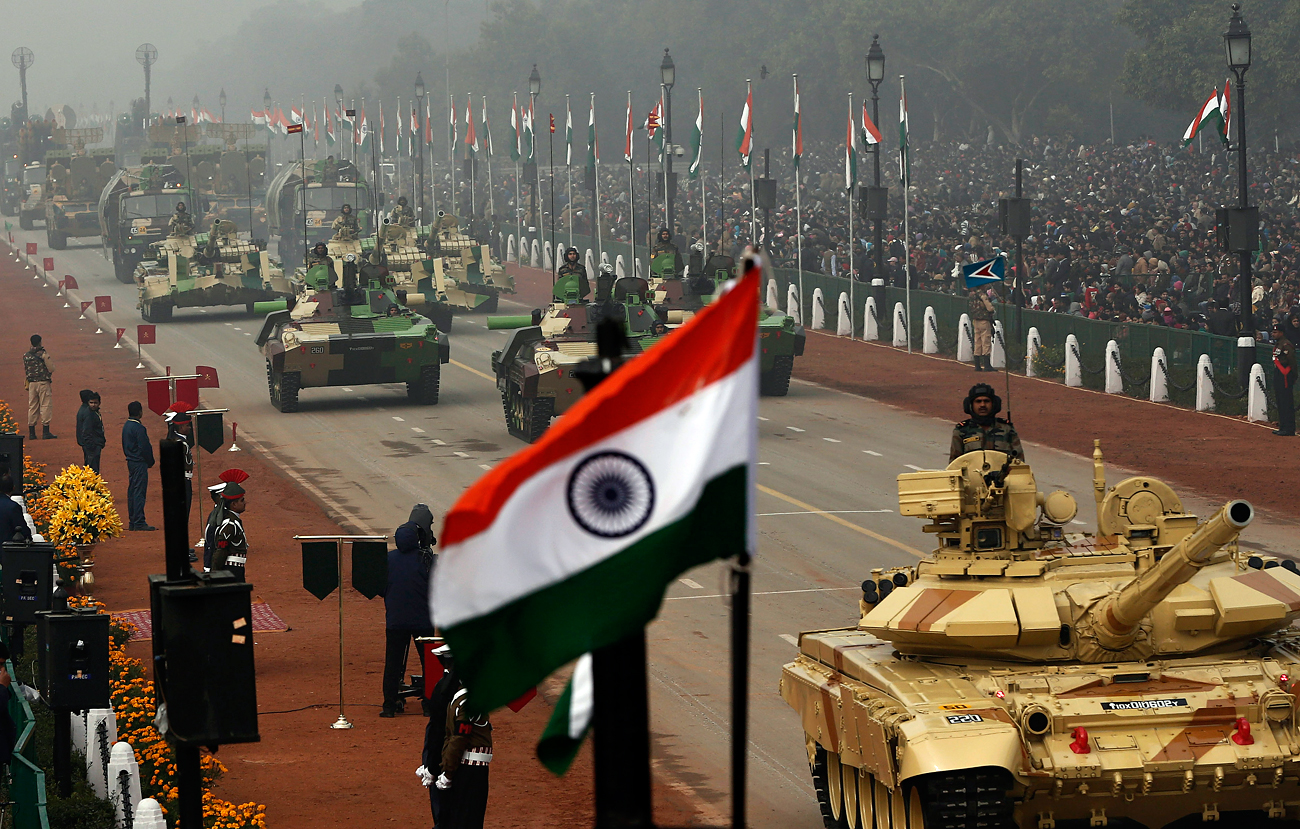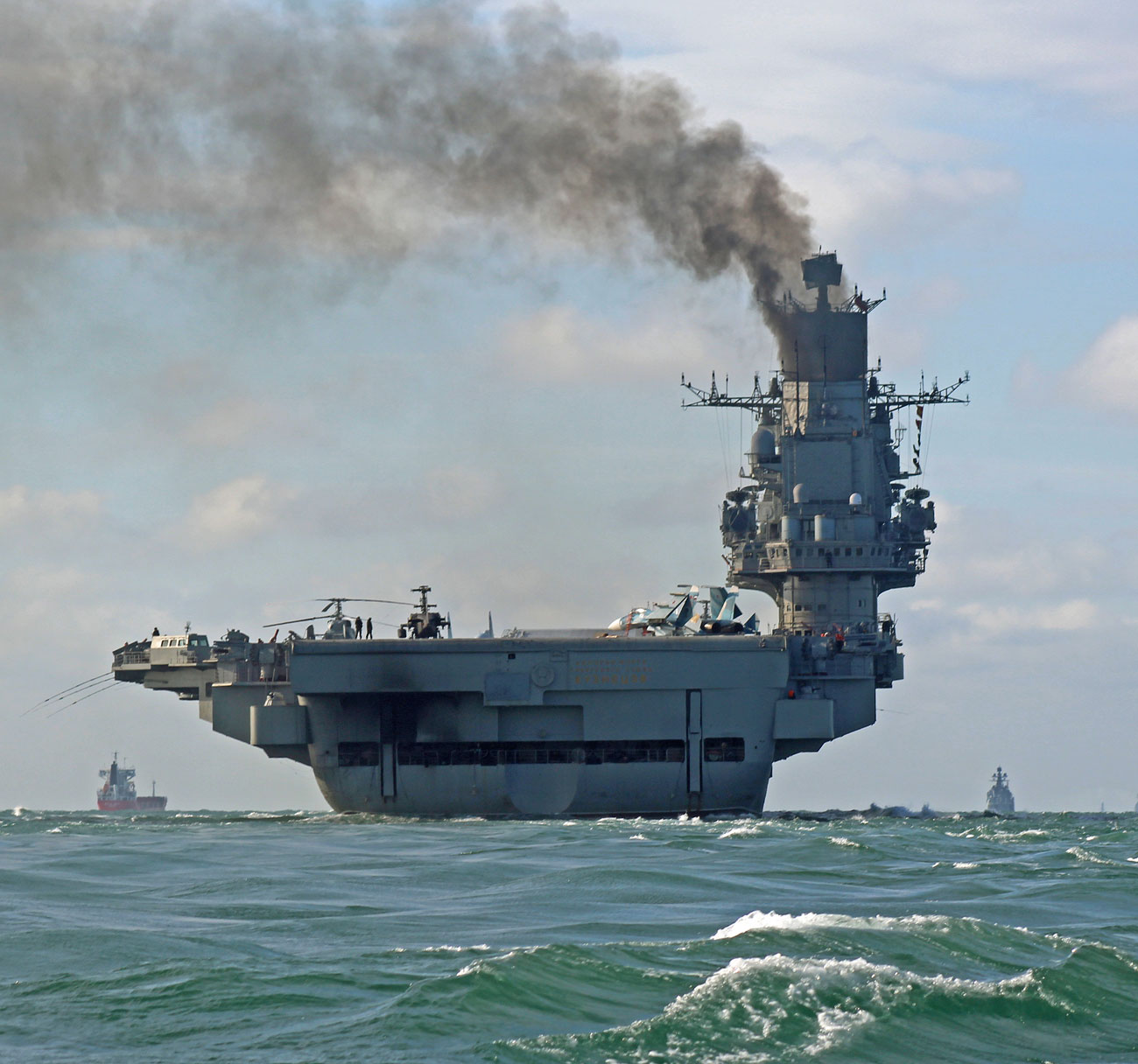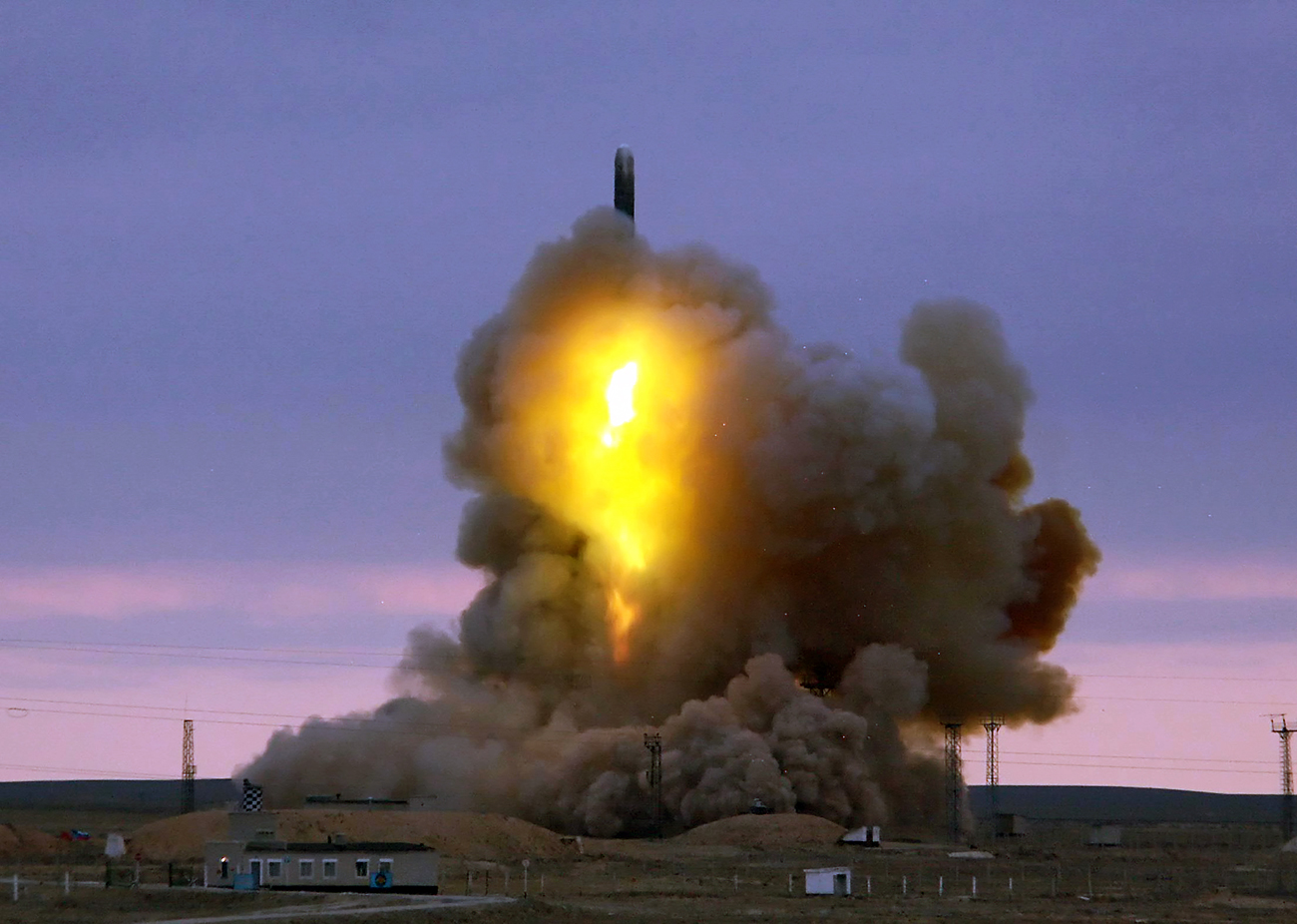Arming the giants: Russia’s balancing act with India and China

Indian Army's Arjun MK-I tanks (MBTs) are driven for display during the Republic Day parade in New Delhi January 26, 2014.
ReutersIndia is the world’s biggest weapons importer, with the country’s defense spending expected to cross a staggering $250 billion over the next decade. Russia expects to grab a sizeable chunk of this pie by supplying high performance fighter aircraft, submarines, missiles and aircraft carriers.
Meanwhile, China is also stocking up on advanced Russian weapons in its bid to match U.S. military power in the Asia Pacific. As Moscow exports increasingly powerful weapons to New Delhi and Beijing, it will have to strike a balance so that neither side feels threatened or weakened by these acquisitions. Failure to do so could mean the loss of these two lucrative markets.
To be sure, keeping the Asian giants happy won’t be easy because both view each other as security threats. A 2014 survey conducted by the Pew Research Center showed 72 per cent of Indians were concerned that territorial disputes between China and neighboring countries could lead to a military conflict. The majority public opinion in both countries is negative about each other.
In the backdrop of this Asian rivalry, there is a competitive aspect to big-ticket weapons purchases from Russia. Since India and China have large military forces as well as huge landmasses and airspaces to defend, their defense requirements are similar.
Also, because the two have deep pockets they can afford to buy the very latest and most expensive weapons. The result is New Delhi and Beijing sometimes end up buying the same weapons such as the Sukhoi-27 jet fighter (and its variants), Mi-17 helicopter, Il-76 Ilyushin transport aircraft, and most lately the S-400 missile defense system.
The purchase of similar high-end weapons by rival nations is a relatively new phenomenon. During the Cold War, the West and its allies bought weapons from NATO countries while the East European countries and others on friendly terms with Moscow acquired Russian weapons. This neat demarcation has now disappeared. In a bid to defeat the West’s economic sanctions and protect its market share, Moscow is willing to sell the crown jewels of its defense industry to China.
Risk factor
Since India and China are buying billions of dollars worth of weapons from Russia, they will have legitimate concerns about the possibility of classified data breach. This is not a far-fetched scenario. After the recent leak of classified information about the French Scorpene, India has shelved plans to expand the order for these submarines. Considering that virtually everything about the inner working of these subs is now an open secret, India had no other option.
The announcement of the S-400 sale to India in October 2016 may have caused a lot of heartburn in BeijingWith China and India now fielding the exact same Russian weapons, such fears will only grow. For instance, India has no guarantee that the strengths and weaknesses of its Sukhois haven’t already been leaked to the Pakistan Air Force.
The sale of the Su-35, Russia’s most advanced non-stealth jet fighter, to China is another huge disrupter as it is half a generation ahead of India’s Sukhois. Although Beijing has only ordered 24 aircraft, the Su-35 with its greater range, extreme maneuverability, firepower and part stealth characteristics, has the potential to influence the outcome of air combat if there’s a war between India and China.
Again, the announcement of the S-400 sale to India in October 2016 may have caused a lot of heartburn in Beijing. Two years ago, China had become the first export customer of the world’s most potent air defense missile system. It is unlikely to view the Indian deal in favorable terms.
Custom solutions
In view of the Indian and Chinese fondness for its weapons, Russia can offer customized variants so both sides can sleep easy. Take the Su-27 (NATO codename Flanker). The super maneuverable aircraft is probably the most customized jet aircraft in history. China was the first foreign customer when it ordered the single-seat SK variant in 1992. In 2002 India placed the largest foreign order for 272 Su-30MKIs. These two-seat versions have greater combat range and superior payload.
“In many respects, the Indian made Su-30MKI is the most capable version available, due to its Israeli and European electronics, and the well trained Indian pilots.”
The Indian Sukhois have very little similarity with those in the Chinese inventory. India builds bare bones fighters then equips them with Indian, Israeli and French sensors and communications gear. Says Strategy Page: “In many respects, the Indian made Su-30MKI is the most capable version available, due to its Israeli and European electronics, and the well trained Indian pilots.”
In fact, the Indian insistence on customizing advanced Russian aircraft has proved so successful that the Russian Air Force has based its latest Su-30SM on India’s MKI derivative. Similarly, the air forces of Algeria, Malaysia and Vietnam have configured their jets as per local requirements and preferences, so each country has a customized Flanker fleet.
Russia was initially resistant when India wanted to customize its Sukhois because it meant Russian subcontractors would lose out. However, the Indian effort eventually resulted in multiple foreign orders, which provided a major boost to Russia’s aerospace industry. The ‘open source’, model which offers considerable leeway for customization should be the way forward.
No alternatives
India decided to buy the S-400 knowing that China will be getting its hands on the missile system soon. If New Delhi was overly worried – or worried at all – it would have opted for US (Patriot) or Israeli missiles.
The key factor that would have influenced India is that the S-400 is the biggest and baddest air defense missile system in the world. Even if enemy pilots know its secrets, they still won’t be able to evade it. (Its missiles travel at 17,000 kmph, which is over eight times faster than the maximum speed of most fighter aircraft, giving enemy pilots very little time to react.) It is a measure of the fear these missiles evoke that the U.S. and Israel have urged Russia not to supply the much older S-300 system to Syria and Iran.
Weapons such as the S-400 are not available from the U.S. or other western countries. They are also difficult to copy. China has had the older S-300 for years plus in 2010 Russia delivered 15 more batteries in a deal worth $2.5 billion.
Reverse engineering being Beijing’s stock in trade, it is an indicator of the complexity of the S-300 and China’s inability to produce a decent knockoff of a three decades old Russian design. The fact that the Chinese have bought six S-400 systems for $3 billion suggests not all is hunky dory with the copycat HQ-9, which incidentally hasn’t won a single export order.
Moscow should, therefore, offer weapons that are unmatched or unavailable elsewhere. It should be the market of first resort for India and China.
Upgrade options
The shelf life and performance capabilities of weapons can be increased with upgrades. This is another option Russia has offered its customers. The Indian Air Force has at least 272 Sukhois and the number could well touch 300 with locally built Flankers being inducted at the rate of 12-18 per year to replace retiring MiGs. This is an extremely large number for such a high-end aircraft, and China’s 24 Su-35s may only make a marginal impact in the balance of air power over the Himalayas. However, India is now going for the Super Sukhoi upgrade, which will considerably enhance the lethality of its Su-30MKI jets. This should neutralize the induction of the Su-35 by China.
Rules of engagement
Once weapons are offloaded from Russian cargo aircraft or ships, Moscow has zero control over them or how they will be used. A key reason why Russian weapons are gaining popularity globally is that Moscow does not believe in exercising control over usage. This is a sensible policy, which is different from the policy of the U.S., which first sells weapons and then imposes sanctions during a conflict.
Still, Russia can communicate privately that it will not sell weapons in the future if India and China use Russian weapons against each other. For instance, the S-400 is clearly intended to be used against American stealth fighters off China’s east coast. It should not be deployed in the Himalayas against India. Secondly, Indian’s S-400 batteries should only be deployed on the Pakistan border.
Of course, during wars such rules will not apply but if these are practiced during peacetime then there is less chance of escalation in tension.
De-escalation
Finally, Moscow should never forget that without the support from the two Asian countries, its defense industry would have been a pale shadow of its former self. After the dissolution of the Soviet Union in 1991 and the consequent collapse of its command economy, Russia had lost most of its international weapons markets, including the captive East European ones. It was first China and later India, which revived the Russian defense bureaus with large orders.
Looking at the larger strategic picture, Russia should get India and China to settle their border dispute so the two do not proceed on a collision course. Moscow has steered clear of the Himalayan standoff, perhaps because public opinion, especially in India, is not conducive for give and take on the border. But it can take baby steps in this area.
The stakes are huge. India is one of the few countries in the world where defense spending is increasing year-on-year. Similarly, China’s appetite for weapons shows no sign of satiety. The Indian and Chinese markets are therefore only Russia’s to lose.
Read more: Russia looks to flood Asia with soya, wheat and fish
All rights reserved by Rossiyskaya Gazeta.
Subscribe
to our newsletter!
Get the week's best stories straight to your inbox


